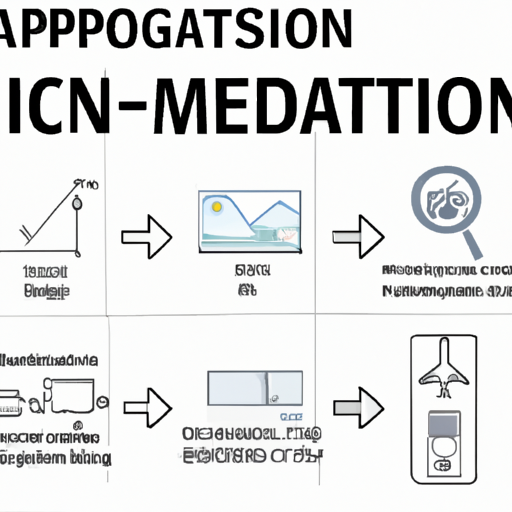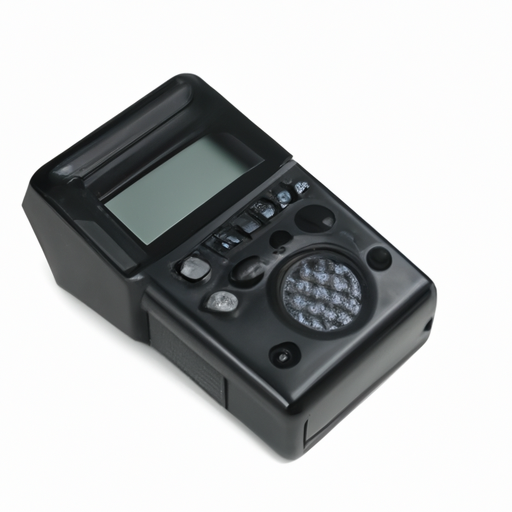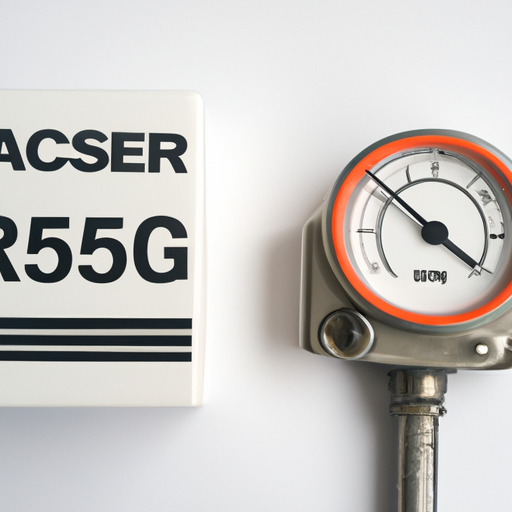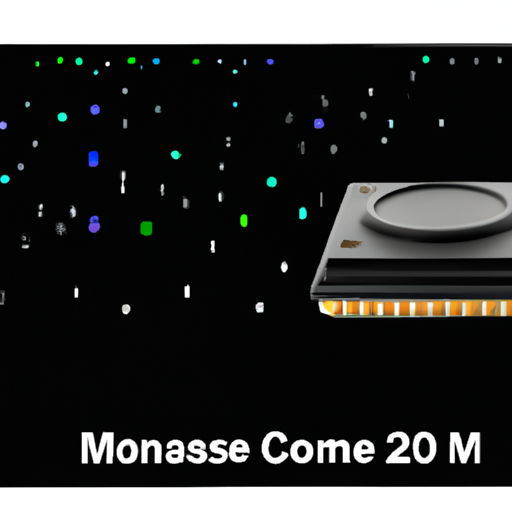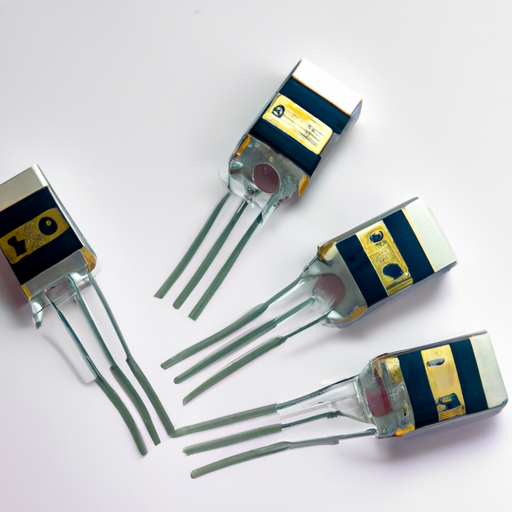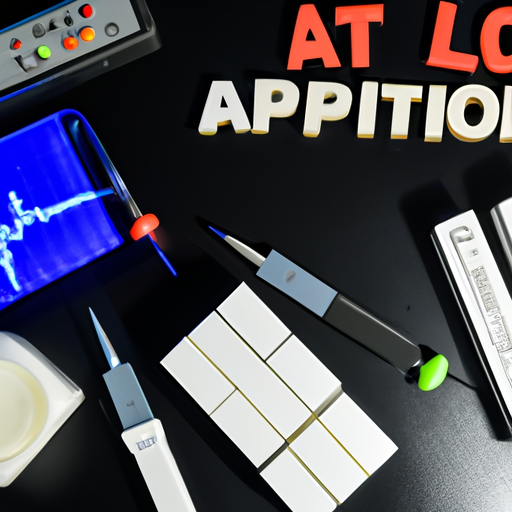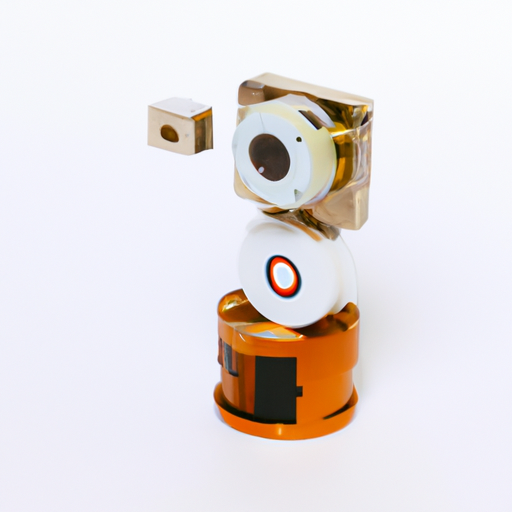


Application Development in Reflective Analog Output for 2N5064: Key Technologies and Success StoriesThe 2N5064 is a robust N-channel MOSFET that plays a crucial role in various analog output applications. Its characteristics make it suitable for high-performance tasks, particularly in environments requiring efficient signal processing and control. Below, we explore the key technologies that enable effective application development with the 2N5064, along with notable success stories that illustrate its impact across different industries.
Key Technologies1. MOSFET Technology 2. Analog Signal Processing 3. Feedback Control Systems 4. Microcontroller Integration 5. Signal Conditioning 6. Thermal Management 1. Industrial Automation 2. Audio Amplification 3. Sensor Interfaces 4. Power Management Systems 5. Robotics Success Stories ConclusionThe 2N5064 MOSFET is a versatile and powerful component that has significantly impacted various fields due to its efficiency and reliability in handling analog signals. By leveraging key technologies such as microcontroller integration, feedback control systems, and effective signal conditioning, developers have successfully created reflective analog output systems that meet the demands of modern applications. The success stories in industrial automation, audio amplification, sensor interfaces, power management, and robotics underscore the potential of the 2N5064 in driving innovation and efficiency in electronic designs. As technology continues to evolve, the 2N5064 will likely remain a cornerstone in the development of advanced analog output solutions.

Core Functional Technology of Photo Detectors - Logic OutputPhotodiodes and Phototransistors: These components are fundamental to photo detectors. Photodiodes generate a current in response to light, while phototransistors can amplify this signal, both of which can be interpreted as digital logic levels.Photodiodes and Phototransistors: These components are fundamental to photo detectors. Photodiodes generate a current in response to light, while phototransistors can amplify this signal, both of which can be interpreted as digital logic levels.Analog to Digital Conversion (ADC): Some advanced photo detectors integrate ADCs to convert the analog signals from photodiodes into digital outputs, enhancing the precision of the logic signals.Analog to Digital Conversion (ADC): Some advanced photo detectors integrate ADCs to convert the analog signals from photodiodes into digital outputs, enhancing the precision of the logic signals.Presence Detection: In conveyor systems, photo detectors can identify the presence of items. The logic output can trigger alarms or halt operations if an item is missing, enhancing safety and operational efficiency.Presence Detection: In conveyor systems, photo detectors can identify the presence of items. The logic output can trigger alarms or halt operations if an item is missing, enhancing safety and operational efficiency.Emergency Stop Systems: Photo detectors can be installed in safety barriers. If the light beam is interrupted, the system can activate an emergency stop, significantly reducing the risk of accidents.Emergency Stop Systems: Photo detectors can be installed in safety barriers. If the light beam is interrupted, the system can activate an emergency stop, significantly reducing the risk of accidents.Automatic Lighting Systems: Photo detectors can be integrated into smart lighting solutions to automatically adjust lighting based on ambient light levels, promoting energy efficiency.Automatic Lighting Systems: Photo detectors can be integrated into smart lighting solutions to automatically adjust lighting based on ambient light levels, promoting energy efficiency.Patient Monitoring: In healthcare, photo detectors can monitor vital signs by detecting changes in light absorption through the skin, offering non-invasive monitoring options that improve patient care.Patient Monitoring: In healthcare, photo detectors can monitor vital signs by detecting changes in light absorption through the skin, offering non-invasive monitoring options that improve patient care.- Signal Conditioning: This process involves amplifying and filtering the output signal to ensure it remains stable and reliable under varying environmental conditions, such as changes in light intensity or temperature. - Integrated Circuits (ICs): Modern photo detectors often include ICs that manage the logic output, simplifying the integration with microcontrollers and digital systems, and reducing the need for external components.
Application Development Cases- Optical Sensors for Positioning: In robotic applications, photo detectors can detect light interruptions to ascertain the position of components, facilitating precise movements and operations.
- Intrusion Detection: In security applications, photo detectors can create invisible barriers. When the beam is broken, an alarm can be triggered, alerting to potential intrusions.
- Gesture Recognition: Some consumer devices utilize photo detectors to interpret hand gestures, enabling touchless control and enhancing user interaction.
Effective Development Strategies ConclusionPhoto detectors with logic output, such as the CFR-25JB-52-13R, are integral to modern technological solutions across various sectors. Their capability to convert light into digital signals facilitates a broad spectrum of applications, from industrial automation to consumer electronics. By harnessing advancements in photodetection technology and integrating them into innovative systems, developers can create effective solutions that enhance safety, efficiency, and user experience. The ongoing evolution of these technologies promises to unlock even more applications and improvements in performance, making photo detectors a vital component in the future of automation and smart systems.
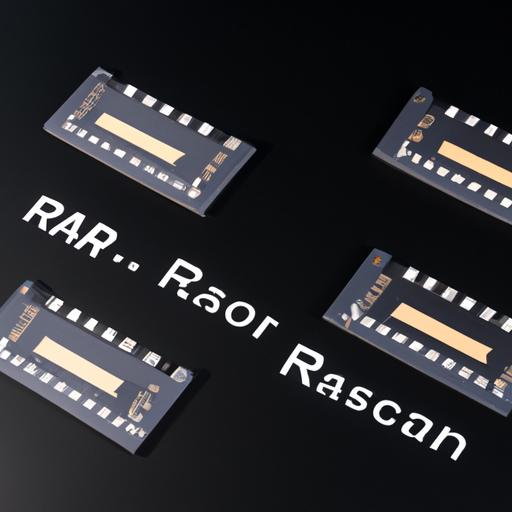
Application Development in Phototransistors for CFR-25JB-52-13K: Key Technologies and Success StoriesPhototransistors, such as the CFR-25JB-52-13K, are essential components in modern electronics, converting light into electrical signals with high sensitivity and amplification capabilities. Their versatility has led to widespread adoption across various industries. Below, we explore key technologies that enhance their functionality and notable success stories that highlight their applications.
Key Technologies1. Optoelectronic Integration2. High-Speed Response3. Sensitivity and Range4. Low Power Consumption5. Microfabrication Techniques6. Signal Processing1. Consumer Electronics2. Automotive Applications3. Industrial Automation4. Medical Devices5. Environmental Monitoring6. Smart Home Technology Success Stories ConclusionThe CFR-25JB-52-13K phototransistor exemplifies the versatility and potential of phototransistor technology across various industries. With ongoing advancements in materials, design, and integration techniques, the future of phototransistor applications looks promising. These developments pave the way for innovative solutions in consumer electronics, automotive systems, industrial automation, medical devices, and environmental monitoring, ultimately enhancing the functionality and efficiency of modern electronic systems.

CFR-50JB-52-13K Photodiodes: Core Functional Technology and Application Development CasesThe CFR-50JB-52-13K is a specific model of photodiode that exemplifies the core functional technology of photodiodes, which are semiconductor devices that convert light into electrical current. Below, we delve into the fundamental principles of photodiodes and explore various application development cases that highlight their versatility and effectiveness.
Core Functional Technology of Photodiodes1. Basic Operation2. Types of Photodiodes3. Key Parameters4. Wavelength Sensitivity5. Integration with Electronics1. Optical Communication2. Medical Devices3. Industrial Automation4. Environmental Monitoring5. Consumer Electronics6. Solar Energy Application Development Cases ConclusionPhotodiodes, including the CFR-50JB-52-13K model, are vital components in a wide array of technological applications. Their ability to convert light into electrical signals makes them indispensable in fields such as telecommunications, healthcare, industrial automation, environmental monitoring, consumer electronics, and renewable energy. As advancements in technology continue, the development of more sensitive, faster, and efficient photodiodes will pave the way for further innovations across multiple industries, enhancing their impact on everyday life and technological progress.

Application Development in Photo Detectors - CdS Cells for ECS-200-S-1: Key Technologies and Success StoriesApplication development in photo detectors, particularly with Cadmium Sulfide (CdS) cells, has seen significant advancements and success stories across various fields. CdS cells, also known as photoresistors or light-dependent resistors (LDRs), are semiconductor devices that change their resistance based on the amount of light they are exposed to. Here’s an overview of key technologies and success stories related to CdS cells, particularly in the context of the ECS-200-S-1 model.
Key Technologies1. Photoconductivity 2. Analog and Digital Interfaces 3. Signal Conditioning 4. Integration with IoT 5. Energy Harvesting 1. Smart Lighting Systems 2. Agricultural Monitoring 3. Security Systems 4. Consumer Electronics 5. Environmental Monitoring 6. Educational Tools Success Stories ConclusionThe development of applications using CdS cells, such as the ECS-200-S-1 model, showcases the versatility and effectiveness of these photo detectors in various fields. With ongoing advancements in technology and integration with modern systems, CdS cells are likely to continue playing a significant role in innovative applications, contributing to energy efficiency, automation, and enhanced user experiences. As industries increasingly focus on sustainability and smart technologies, the demand for reliable and efficient light-sensing solutions like CdS cells will likely grow, paving the way for new innovations and applications.
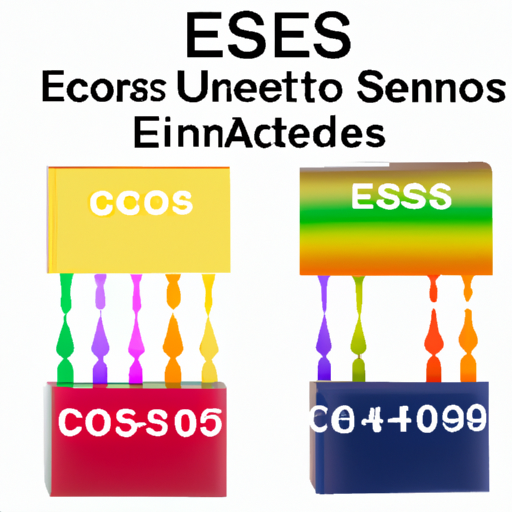
ECS-F1EE336 Color Sensors: Core Functional Technologies and Application Development CasesThe ECS-F1EE336 color sensor represents a significant advancement in color detection technology, making it a valuable tool across various industries. Below, we delve into its core functional technologies, application development cases, and relevant resources that highlight its effectiveness.
Core Functional Technologies1. RGB Color Detection2. High Sensitivity and Accuracy3. Digital Output4. Ambient Light Compensation5. Compact Design1. Industrial Automation2. Food and Beverage Industry3. Textile Industry4. Consumer Electronics5. Robotics and Automation1. Technical White Papers2. Application Notes3. Research Journals4. Online Tutorials and Forums Application Development Cases Articles and Resources ConclusionThe ECS-F1EE336 color sensor exemplifies the advancements in color detection technology, offering high sensitivity, accuracy, and versatility across various applications. By leveraging its capabilities, industries can enhance quality control, improve automation processes, and develop innovative solutions that rely on precise color detection. As technology continues to evolve, the ECS-F1EE336 stands out as a key component in the future of color sensing applications.
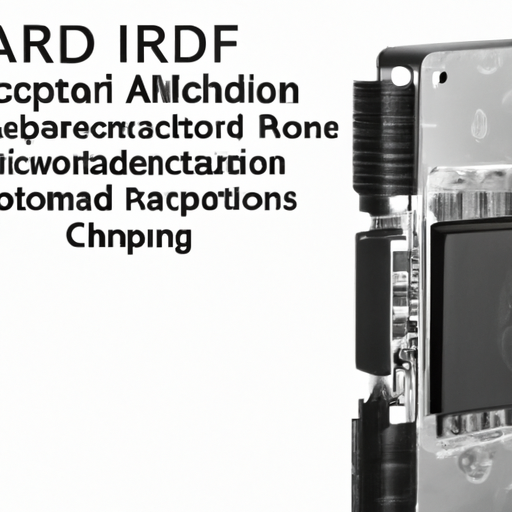
Application Development in IrDA Transceiver Modules for CFR-25JB-52-130R: Key Technologies and Success StoriesIrDA (Infrared Data Association) transceiver modules, such as the CFR-25JB-52-130R, facilitate short-range wireless communication through infrared signals. These modules are particularly advantageous in scenarios where radio frequency (RF) communication may be hindered by interference, security concerns, or regulatory constraints. Below, we explore key technologies associated with IrDA transceiver modules and highlight notable success stories that demonstrate their application across various industries.
Key Technologies1. Infrared Communication Protocols2. Line-of-Sight Communication3. Data Rates4. Low Power Consumption5. Integration with Microcontrollers6. Security Features1. Consumer Electronics2. Medical Devices3. Industrial Automation4. Point-of-Sale Systems5. Smart Home Devices Success Stories ConclusionThe CFR-25JB-52-130R IrDA transceiver module provides a reliable and efficient means of short-range communication across various industries. Its key technologies, including low power consumption, seamless integration with microcontrollers, and secure line-of-sight communication, make it suitable for a wide array of applications. Success stories in consumer electronics, medical devices, industrial automation, point-of-sale systems, and smart home devices underscore the versatility and effectiveness of IrDA technology in real-world scenarios. As technology continues to advance, the potential for innovative applications utilizing IrDA transceivers remains significant, paving the way for future developments in wireless communication.
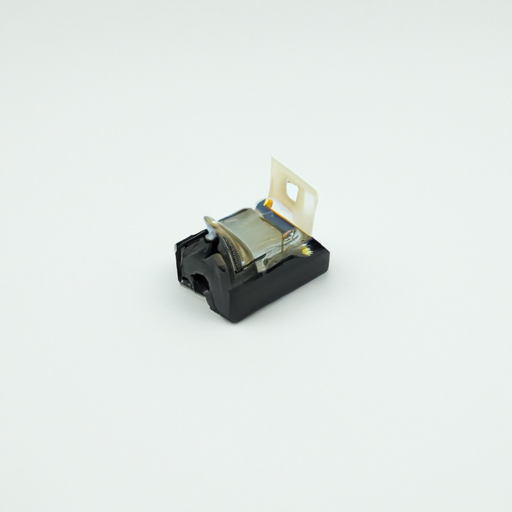
Overview of CFR-25JB-52-130K Ambient Light, IR, UV SensorsThe CFR-25JB-52-130K is a versatile sensor model that integrates ambient light, infrared (IR), and ultraviolet (UV) sensing capabilities. This multifunctionality allows it to cater to a wide range of applications across various industries, enhancing the efficiency and effectiveness of systems that rely on light measurement and detection.
Core Functional Technologies1. Ambient Light Sensors (ALS)2. Infrared Sensors (IR)3. Ultraviolet Sensors (UV)1. "Advancements in Ambient Light Sensing Technologies"2. "The Role of Infrared Sensors in Smart Home Automation"3. "UV Sensors: Protecting Health and Environment"1. Smart Lighting Systems2. Wearable Health Monitors3. Industrial Automation4. Agricultural Monitoring Articles and Research Application Development Cases ConclusionThe CFR-25JB-52-130K and similar ambient light, IR, and UV sensors are integral to modern technological applications. Their ability to provide real-time environmental data enables smarter, more responsive systems across diverse sectors, including consumer electronics, industrial automation, and environmental monitoring. As technology evolves, the integration of these sensors into IoT frameworks will further enhance their capabilities and broaden their application scope, driving innovation and efficiency in various industries.
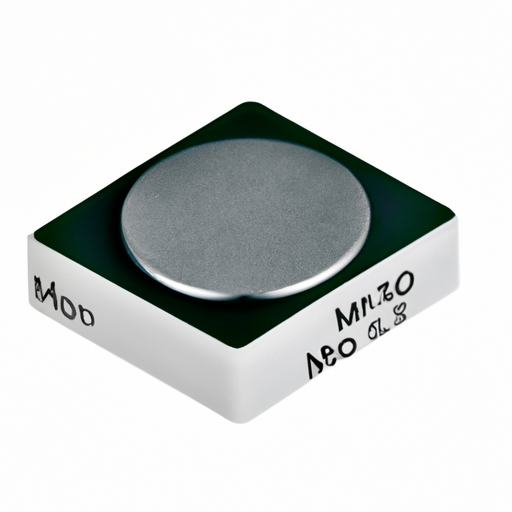
Core Functional Technologies of Optical Motion Sensors1. Infrared (IR) Sensors2. Light Detection and Ranging (LiDAR)3. Camera-Based Motion Detection4. Ultrasonic Sensors5. Optical Flow Sensors1. Home Automation2. Robotics3. Wearable Technology4. Industrial Automation5. Gaming and Virtual Reality Application Development Cases Integration with MM74HC165NThe MM74HC165N, a parallel-in, serial-out shift register, can be effectively integrated with optical motion sensors to facilitate data collection and processing. Here’s how: - Data Acquisition: Optical motion sensors output digital signals indicating motion detection. These signals can be fed into the MM74HC165N, which converts parallel data from multiple sensors into a serial format, making it easier for microcontrollers or other digital systems to process the information.
- Control Systems: The shift register can be utilized to control multiple outputs based on the input from optical motion sensors. This capability enables the development of complex control systems in automation and robotics, allowing for coordinated responses to detected motion.
- Signal Conditioning: The MM74HC165N can help manage signals from various optical sensors, ensuring that the data is clean and reliable for further processing. This is particularly important in applications where accurate motion detection is critical.
ConclusionOptical motion sensors are versatile devices with a wide range of applications across various industries, including home automation, robotics, industrial automation, and healthcare. By integrating these sensors with components like the MM74HC165N, developers can create efficient and effective systems for motion detection, automation, and user interaction. The ongoing advancements in sensor technology and data processing will continue to enhance the capabilities and applications of optical motion sensors, paving the way for innovative solutions in the future.

Application Development in Inclinometers for CFR-50JB-52-130R: Key Technologies and Success StoriesInclinometers, or tilt sensors, are essential tools for measuring the angle of inclination or tilt of structures and surfaces. The CFR-50JB-52-130R model represents a specific inclinometer that may have unique features tailored for various applications. Below, we explore the key technologies driving inclinometer development and highlight notable success stories that demonstrate their impact across different sectors.
Key Technologies in Inclinometer Development1. Sensor Technology2. Data Acquisition Systems3. Software and Algorithms4. Power Management5. Integration with IoT6. Calibration and Validation Techniques1. Infrastructure Monitoring2. Landslide Prediction3. Mining Applications4. Seismic Monitoring5. Smart Cities Success Stories ConclusionThe development of inclinometers, including models like the CFR-50JB-52-130R, is driven by advancements in sensor technology, data acquisition systems, and software algorithms. Their successful application across various industries underscores their importance in ensuring safety, enhancing infrastructure resilience, and enabling proactive maintenance strategies. As technology continues to evolve, the integration of inclinometers with IoT and smart technologies will further expand their capabilities and applications, paving the way for innovative solutions in monitoring and managing structural health.
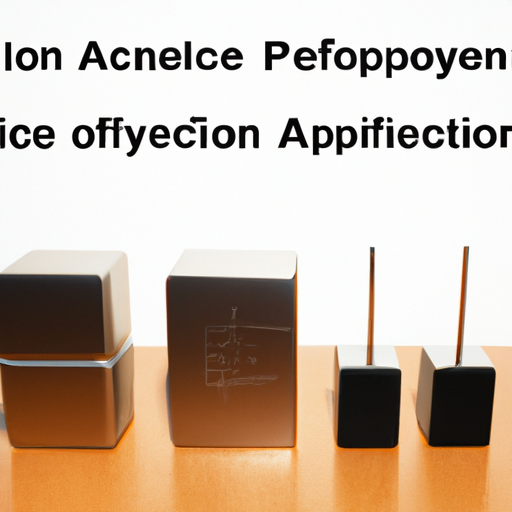
Application Development in Force Sensors and Load Cells with MM74HC175N: Key Technologies and Success StoriesThe integration of force sensors and load cells with integrated circuits like the MM74HC175N has revolutionized various industries by enhancing measurement accuracy, data processing, and control systems. The MM74HC175N, a quad D-type flip-flop, plays a crucial role in managing digital signals in sensor applications. Below is a detailed overview of the key technologies involved and notable success stories in this domain.
Key Technologies1. Force Sensors and Load Cells2. Analog-to-Digital Conversion (ADC)3. Microcontroller Integration4. Wireless Communication5. Data Processing and Analysis6. User Interface Development1. Industrial Weighing Systems2. Healthcare Applications3. Automotive Testing4. Robotics and Automation5. Agricultural Technology Success Stories ConclusionThe integration of force sensors and load cells with technologies like the MM74HC175N has led to significant advancements across various sectors, including industrial applications, healthcare, automotive testing, robotics, and agriculture. The ability to accurately measure and process force data has opened new avenues for automation, monitoring, and control, driving innovation and efficiency. As technology continues to evolve, we can anticipate even more sophisticated applications and success stories in the future, further enhancing the capabilities of force measurement systems.
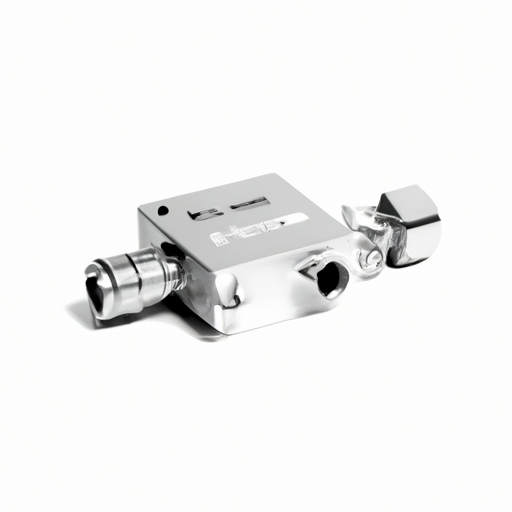
Overview of Gas Sensors: Core Functional Technology and Application Development CasesGas sensors, including specific models like the CFR-25JB-52-12R, are essential tools in various industries for detecting and monitoring gases. While detailed documentation on the CFR-25JB-52-12R may be limited, understanding the core functionalities of gas sensors and their applications can provide valuable insights into their significance and effectiveness.
Core Functional Technology of Gas Sensors1. Sensing Mechanism2. Signal Processing3. Calibration and Sensitivity4. Integration with IoT1. Industrial Safety2. Environmental Monitoring3. Smart Homes4. Automotive Applications5. Healthcare6. Agriculture Application Development Cases ConclusionGas sensors, including models like the CFR-25JB-52-12R, are integral to various sectors, providing critical data for safety, environmental monitoring, and process optimization. The continuous advancement in sensor technology—encompassing improvements in miniaturization, sensitivity, and digital integration—expands their applications and effectiveness. As industries increasingly prioritize safety and environmental responsibility, the demand for reliable gas sensors is expected to rise, driving innovation and development in this field.
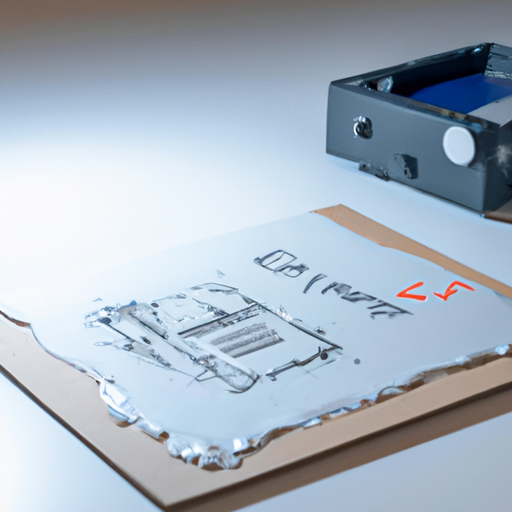
Application Development in Humidity and Moisture Sensors for CFR-25JB-52-12K: Key Technologies and Success StoriesThe development of applications utilizing humidity and moisture sensors, particularly models like the CFR-25JB-52-12K, is a dynamic field that leverages various technologies to enhance monitoring and control across multiple sectors. Below is a detailed overview of the key technologies involved and notable success stories that illustrate their impact.
Key Technologies1. Sensor Technology2. Microcontroller Integration3. Wireless Communication4. Data Analytics and Machine Learning5. IoT Platforms6. Calibration and Validation1. Agricultural Monitoring2. HVAC Systems3. Food Storage and Processing4. Smart Home Applications5. Industrial Applications Success Stories ConclusionThe application development using humidity and moisture sensors like the CFR-25JB-52-12K is revolutionizing various industries by enabling enhanced monitoring, control, and optimization of processes. The integration of advanced technologies such as IoT, data analytics, and machine learning is driving innovation and efficiency, leading to significant success stories across agriculture, HVAC, food processing, smart homes, and industrial applications. As technology continues to evolve, the potential for these sensors will expand, offering new opportunities for businesses and consumers alike. The ongoing advancements in sensor technology and data analytics will further enhance the capabilities and applications of humidity sensors, paving the way for smarter, more efficient systems.
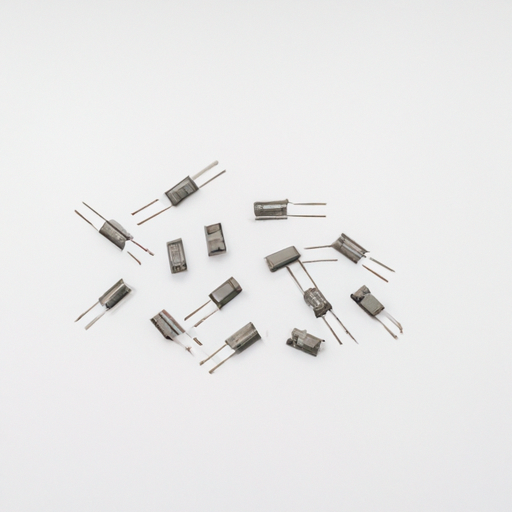
Overview of 9250-686 Current SensorsThe 9250-686 Current Sensors represent a significant advancement in current sensing technology, offering a range of functionalities that cater to various applications, including power management, motor control, and energy monitoring. Below, we delve into the core functional technologies, relevant articles, and application development cases that showcase the effectiveness of these sensors.
Core Functional Technologies1. Hall Effect Sensors2. Shunt Resistor Sensors3. Rogowski Coils4. Current Transformers (CTs)1. "Advancements in Hall Effect Current Sensors"2. "Understanding Shunt Resistor Current Sensing"3. "Rogowski Coils: A Flexible Solution for Current Measurement"4. "Current Transformers: Best Practices for Design and Application"1. Electric Vehicle Battery Management2. Industrial Motor Control3. Smart Grid Energy Monitoring4. Home Energy Management Systems Articles Highlighting Current Sensor Technologies Application Development Cases ConclusionThe 9250-686 Current Sensors, along with other current sensing technologies such as Hall effect sensors, shunt resistors, Rogowski coils, and current transformers, are crucial in various applications across multiple industries. Their effectiveness is underscored by numerous case studies and ongoing technological advancements, making them indispensable in modern electronic systems. As technology continues to evolve, the integration of current sensors is expected to expand, leading to innovative applications and enhanced energy efficiency.

Application Development in Proximity Sensors for 2474-14L: Key Technologies and Success StoriesProximity sensors, such as the 2474-14L model, play a crucial role in modern technology by enabling non-contact detection of objects. This capability is essential across various sectors, including automotive, consumer electronics, industrial automation, and smart home devices. Below, we explore the key technologies that underpin these sensors and highlight notable success stories that illustrate their impact.
Key Technologies1. Capacitive Sensing2. Inductive Sensing3. Ultrasonic Sensing4. Infrared (IR) Sensing5. Laser Sensing6. Smart Integration1. Automotive Industry2. Consumer Electronics3. Industrial Automation4. Smart Home Devices5. Healthcare Applications6. Retail and Inventory Management Success Stories ConclusionThe development of proximity sensors like the 2474-14L has catalyzed significant advancements across multiple industries. By leveraging technologies such as capacitive, inductive, ultrasonic, and infrared sensing, companies have successfully implemented innovative solutions that enhance user experience, improve safety, and increase operational efficiency. As technology continues to evolve, the applications of proximity sensors are expected to expand further, driving new opportunities for innovation and growth in various sectors.

Overview of CFR-25JB-52-120R Tilt SwitchesTilt switches, such as the CFR-25JB-52-120R, are essential components in applications requiring tilt or inclination detection. Their simple yet effective mechanisms make them valuable across various industries, from industrial equipment to consumer electronics. Below, we delve into the core functional technologies and application development cases that highlight the effectiveness of tilt switches.
Core Functional Technology of Tilt Switches1. Mechanism of Operation2. Electrical Specifications3. Durability and Reliability4. Safety Features1. Industrial Equipment2. Consumer Electronics3. Automotive Applications4. Home Automation5. Robotics Application Development Cases ConclusionTilt switches like the CFR-25JB-52-120R are versatile components that play a crucial role in various applications across multiple industries. Their simple yet effective design allows for reliable tilt detection, enhancing safety and functionality in industrial, consumer, automotive, and home automation applications. As technology advances, the integration of tilt switches into more sophisticated systems will continue to grow, driving innovation and improving user experiences. The ongoing development of tilt switch technology promises to expand their applications further, making them indispensable in modern engineering and design.
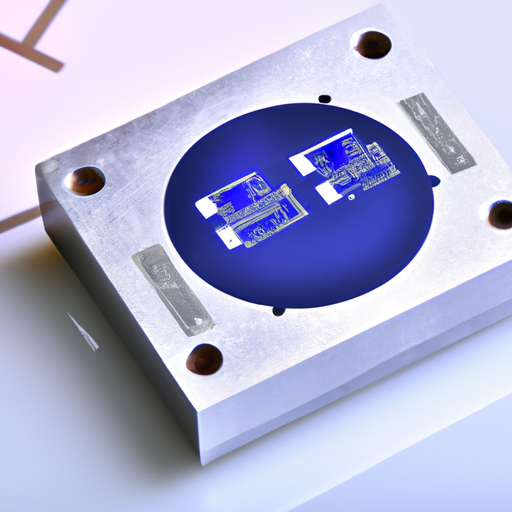
Application Development in LVDT Transducers (CFR-25JB-52-120K): Key Technologies and Success StoriesLinear Variable Differential Transformers (LVDTs) are renowned for their precision in linear position measurement, making them invaluable in various industries. The CFR-25JB-52-120K model stands out for its robustness and accuracy. Below, we explore key technologies that enhance LVDT applications and highlight notable success stories across different sectors.
Key Technologies1. Signal Conditioning2. Digital Processing3. Wireless Communication4. Embedded Systems5. Smart Sensors6. Calibration and Testing1. Aerospace Applications2. Automotive Industry3. Industrial Automation4. Civil Engineering5. Medical Devices Success Stories ConclusionThe CFR-25JB-52-120K LVDT transducer exemplifies the advancements in measurement technology, offering high precision and reliability across various industries. The integration of modern technologies such as digital processing, wireless communication, and smart sensors has expanded the capabilities of LVDTs, leading to successful applications in aerospace, automotive, industrial automation, civil engineering, and medical devices. As technology continues to evolve, the potential for LVDTs in new applications will likely grow, further enhancing their role in precision measurement and control systems. The ongoing development in this field promises to unlock new opportunities for innovation and efficiency across multiple sectors.
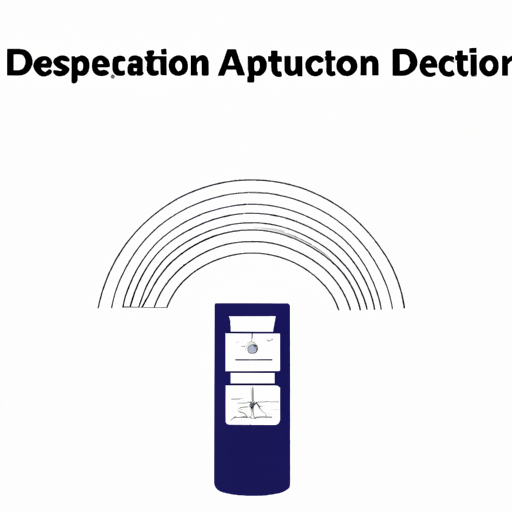
Application Development in Flow Sensors for CFR-50JB-52-120R: Key Technologies and Success StoriesDeveloping applications for flow sensors, such as the CFR-50JB-52-120R, requires a deep understanding of various technologies and methodologies to ensure accurate measurements and reliable performance. Below are key technologies and notable success stories that highlight the potential of flow sensor applications.
Key Technologies1. Microcontroller Integration2. Signal Conditioning3. Wireless Communication4. Data Analytics and Machine Learning5. IoT Integration6. Calibration and Validation Techniques1. Smart Agriculture2. Industrial Automation3. Water Management4. HVAC Systems5. Healthcare Applications Success Stories ConclusionThe development of applications for flow sensors like the CFR-50JB-52-120R involves a blend of advanced technologies and innovative methodologies. By leveraging microcontrollers, wireless communication, IoT integration, and data analytics, developers can create solutions that enhance efficiency, reduce waste, and improve overall system performance across various industries. The success stories in agriculture, industrial automation, water management, HVAC systems, and healthcare illustrate the transformative potential of flow sensor technology, paving the way for smarter and more efficient systems.







